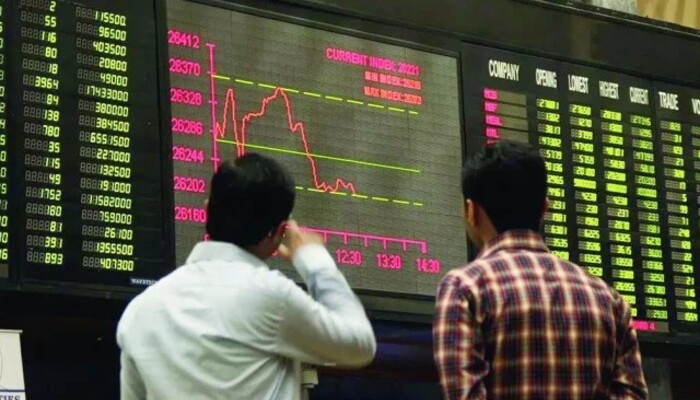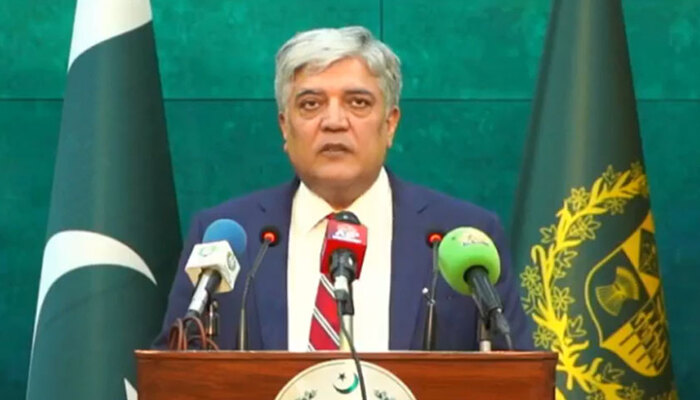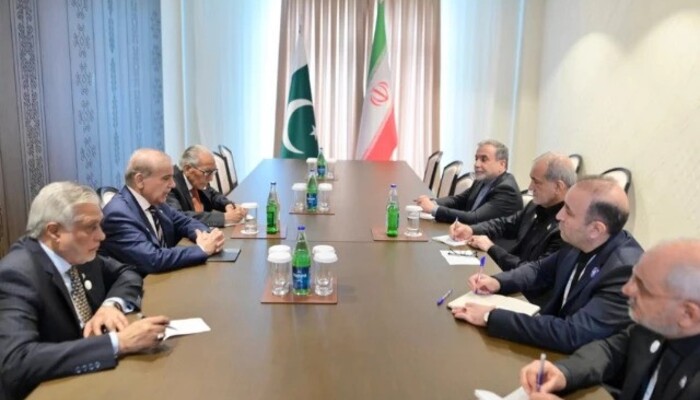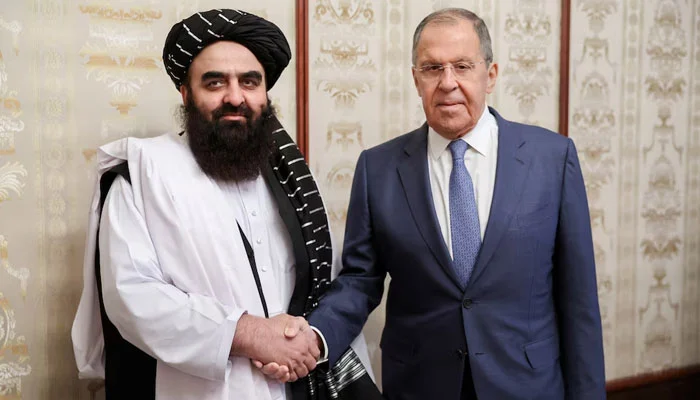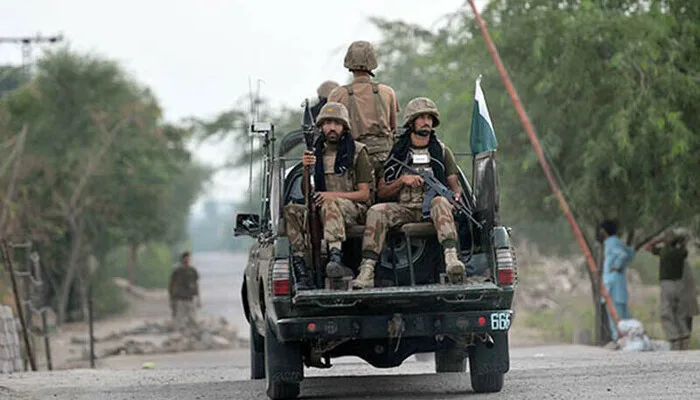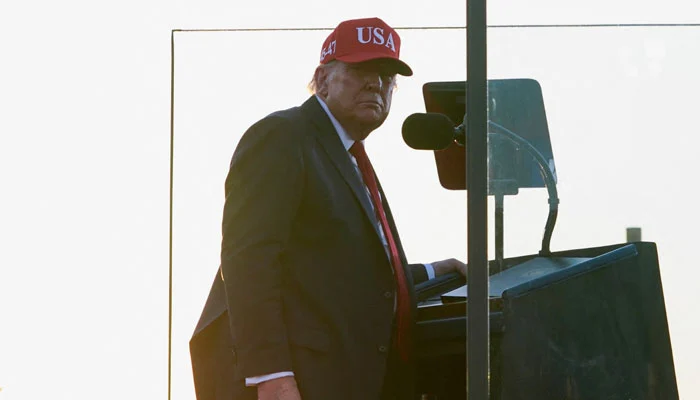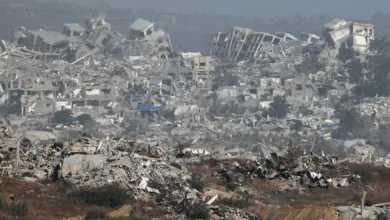
Islamabad: The National Electric Power Regulatory Authority (NEPRA) has approved a Rs1.15 per unit reduction in the basic power tariff. The revised rates apply to all electricity consumers — except lifeline users — and extend to K-Electric customers as well.
The decision follows NEPRA’s public hearing on the Power Division’s proposal for tariff rationalisation. Officials clarified that the revision isn’t a revenue-generating measure but rather a step to bring tariffs in line with constitutional and policy standards.
“This reduction ensures fairness while fulfilling national energy policy goals,” NEPRA stated in its verdict.
Breakdown of Revised Electricity Tariffs
While lifeline consumers — those using 50 to 100 units — will continue paying existing subsidized rates (Rs3.95 and Rs7.74 per unit, respectively), other categories will see tangible reductions:
-
Protected consumers:
-
100 units – Rs10.54 per unit
-
200 units – Rs13 per unit
-
-
Non-protected consumers:
-
All categories – Rs1.15 per unit reduction
-
-
Commercial consumers:
-
New average basic tariff – Rs45.43 per unit
-
-
General services:
-
Revised rate – Rs43.17 per unit
-
-
Industrial sector:
-
New rate – Rs33.48 per unit
-
-
Bulk power consumers:
-
Revised tariff – Rs41.76 per unit
-
-
Agricultural sector:
-
New rate – Rs30.75 per unit
-
The uniform reduction, seen as a rare moment of fiscal relief, comes amidst ongoing economic challenges and rising inflation across sectors.
Why the Cut? Falling Fuel Prices, Stable Rupee, and IPP Deals
According to government officials, the key drivers behind this rate cut include the recent stability of the rupee, decreasing global fuel prices, and significant progress in renegotiations with independent power producers (IPPs).
A Power Division representative told the NEPRA panel, “The decline in power generation costs by Rs1.27 per unit and capacity charges by Rs1.34 per unit has created room for this reduction.”
Documents shared during the hearing showed a revised revenue requirement of Rs3.521 trillion for FY26 — down from Rs3.768 trillion last year — thanks in part to lower projected electricity demand of 103 billion units, compared to 106 billion units in FY25.
One of the biggest financial reliefs comes from renegotiated agreements with IPPs. These new terms are expected to cut Rs236 billion in capacity payments — a major component of electricity pricing — by FY26. Even then, these payments remain hefty at Rs1.766 trillion, or Rs17.06 per unit.
Still a Long Road Ahead for Pakistan’s Power Sector
While the Rs1.15 per unit reduction is a welcome development, critics argue it’s a temporary relief in a structurally flawed energy system. Capacity payments — the fixed costs consumers must pay even if electricity isn’t used — continue to be a long-term burden. The hybrid “Take or Pay” model with IPPs remains a controversial sticking point, with limited flexibility for consumer benefit.
Nevertheless, with energy demand dipping and some global costs softening, the new tariffs mark a rare win for both domestic and commercial users.
Follow us on Instagram, YouTube, Facebook, X and TikTok for latest updates



